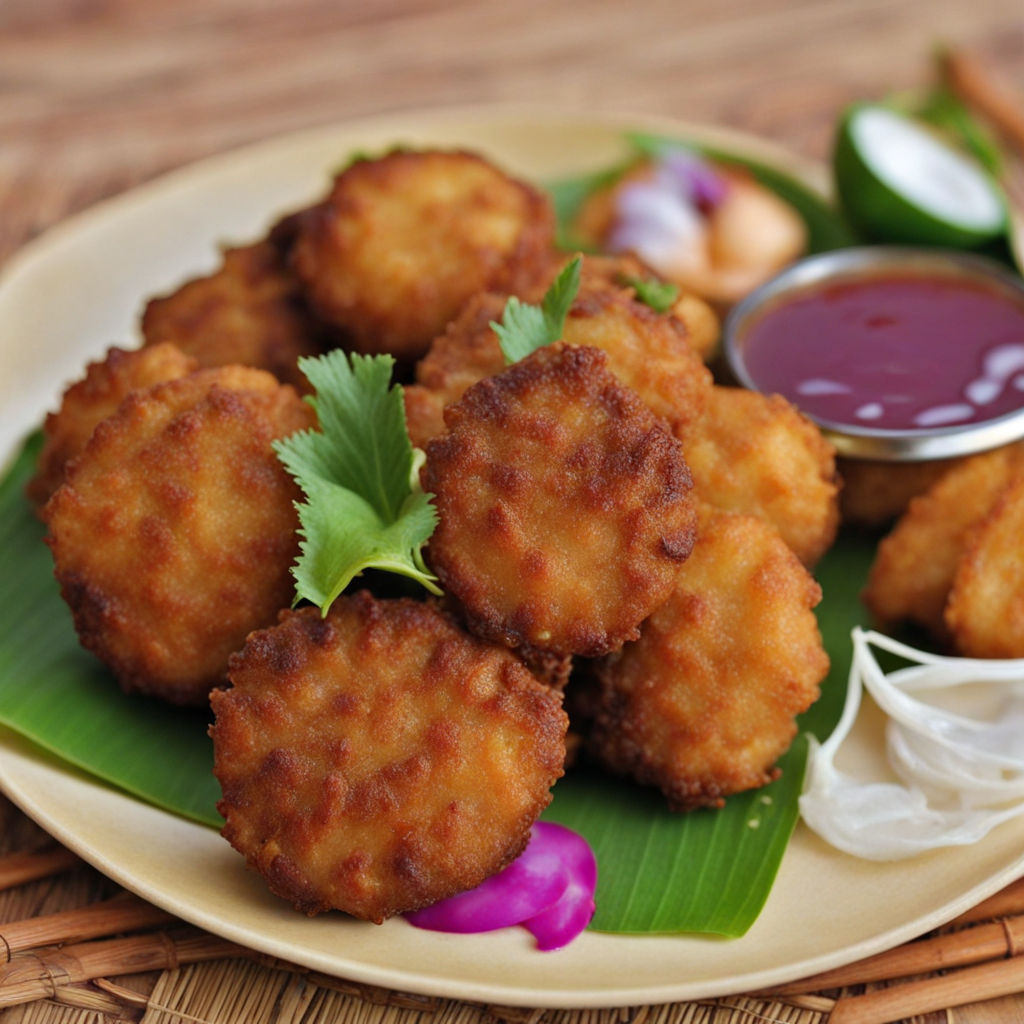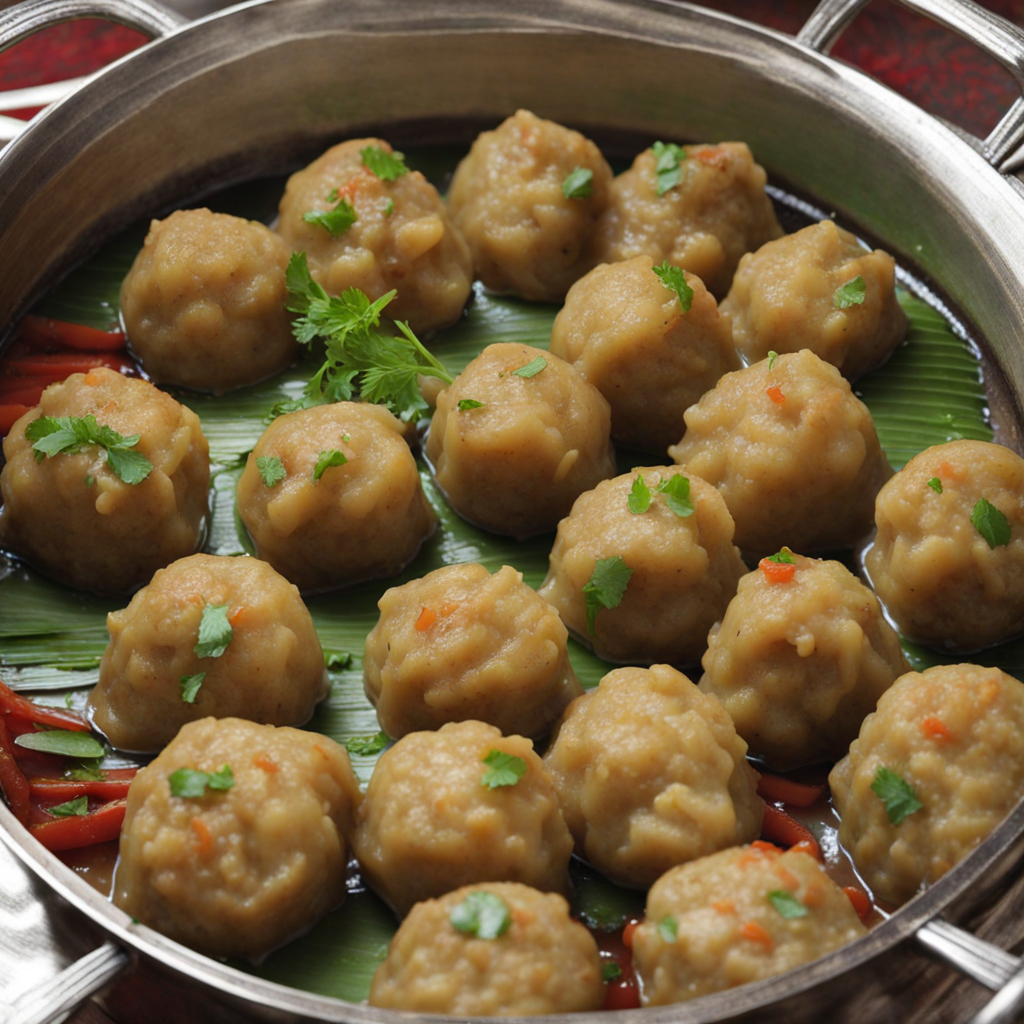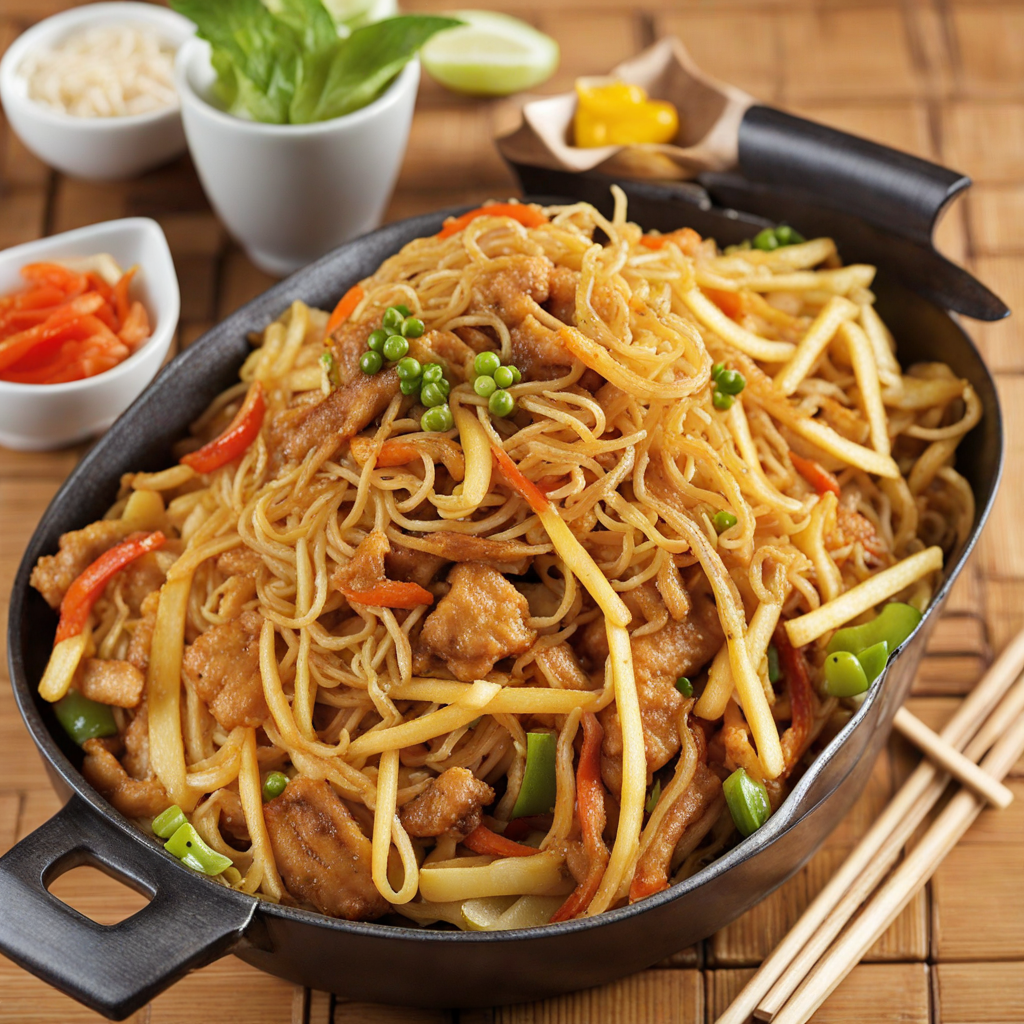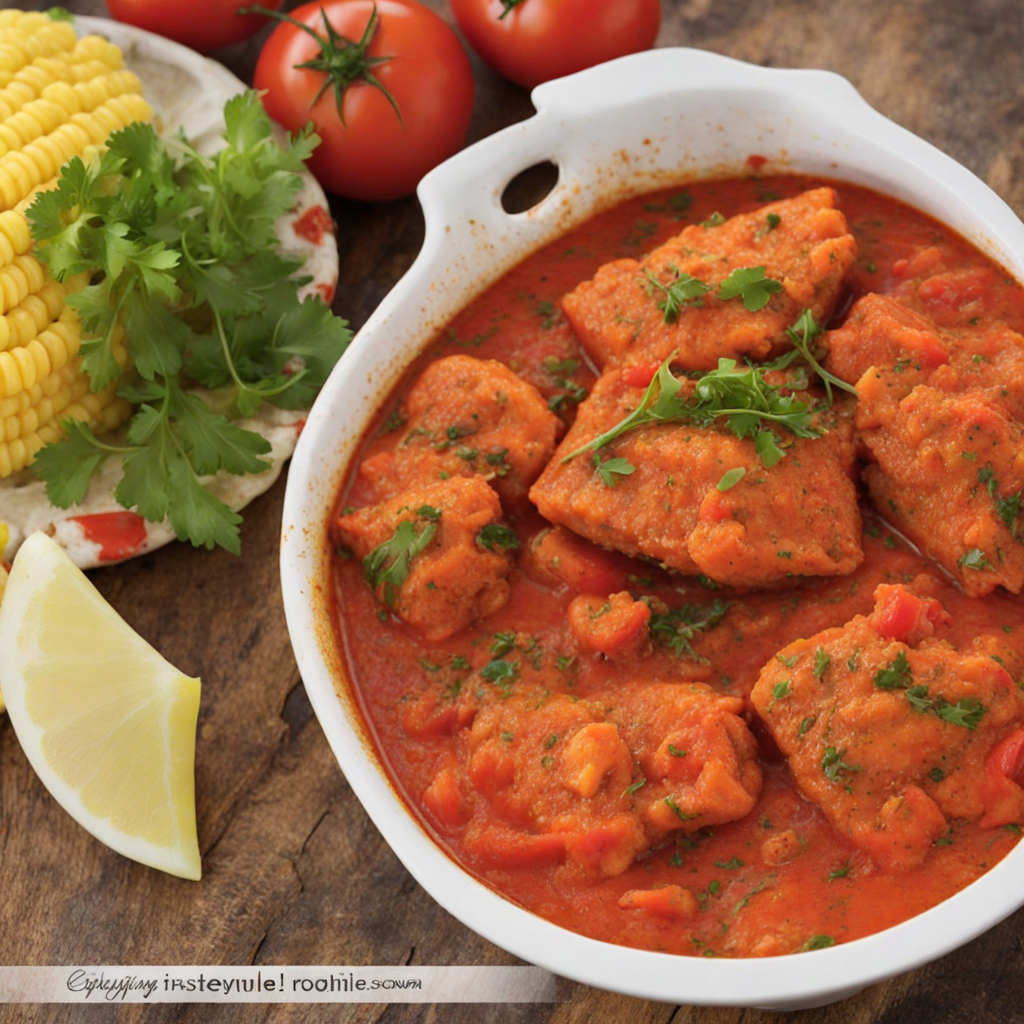Gato Arouille
Gato Arouille, a delightful Mauritian delicacy, is a savory fritter made from grated taro root, known locally as “arouille”. The dish showcases the unique flavors of the island, combining the earthy taste of taro with a medley of spices and herbs. Typically, the grated taro is mixed with onions, green chilies, and cilantro, creating a vibrant mixture that is both aromatic and flavorful. The use of fresh ingredients not only enhances the taste but also reflects the rich culinary traditions of Mauritius, where diverse influences form a harmonious blend. Once the mixture is prepared, it is shaped into small round patties and deep-fried until golden brown. The exterior becomes crispy, providing a delightful contrast to the soft and slightly chewy interior. Each bite offers a burst of flavor, with the spices perfectly balancing the natural sweetness of the taro. Often enjoyed as a snack or appetizer, Gato Arouille can be paired with a tangy chutney or dipping sauce, elevating the experience even further. This dish is more than just a treat for the taste buds; it is a cultural symbol for the people of Mauritius. Gato Arouille is commonly found at street food stalls and local markets, where it is enjoyed by both locals and tourists alike. Sharing these fritters among friends and family embodies the spirit of togetherness, making it a beloved part of the island's culinary landscape. For anyone eager to explore new tastes, Gato Arouille is an irresistible invitation into the flavorful world of Mauritian cuisine.
How It Became This Dish
A Culinary Journey Through Gato Arouille: The Mauritian Sweet Potato Cake Nestled in the heart of the Indian Ocean, the island of Mauritius boasts a rich tapestry of cultures that has shaped its culinary landscape. Among the many delicious dishes that emerge from this multi-ethnic society, Gato Arouille stands out as a beloved traditional treat. This sweet potato cake, known for its delicate sweetness and unique texture, has a fascinating history that intertwines with the broader narrative of Mauritian cuisine, reflecting the island's diverse heritage and the evolution of its food practices. #### Origins of Gato Arouille Gato Arouille, often referred to as “sweet potato cake,” is primarily made from the local variety of sweet potato known as "arouille." This tuber is indigenous to South America but was introduced to the island by Dutch settlers in the 17th century. Over the years, the sweet potato adapted to Mauritius's rich volcanic soil and tropical climate, becoming an essential ingredient in local cuisine. The dish's origins can be traced back to the diverse cultural influences that have shaped Mauritius. The island has seen waves of migration, from the early Dutch and French colonial settlers to the arrival of enslaved Africans and indentured laborers from India and China. Each group contributed to the culinary mosaic of Mauritius, and Gato Arouille emerged from this blending of traditions. The recipe evolved, incorporating local spices, coconut, and sugar, making it a staple in many households. #### Cultural Significance Gato Arouille is more than just a dessert; it is a symbol of Mauritian identity and community. It is often prepared during festive occasions, family gatherings, and religious celebrations, reinforcing social bonds. The cake is commonly served with tea or as a snack, reflecting the island's penchant for communal eating and sharing. The preparation of Gato Arouille is usually a family affair, with generations coming together to create this beloved treat. This practice not only preserves culinary traditions but also strengthens familial ties, allowing stories and heritage to be passed down through the ages. The act of cooking and sharing Gato Arouille is a celebration of togetherness, a cherished ritual that highlights the importance of community within Mauritian culture. #### The Recipe: Ingredients and Preparation The traditional recipe for Gato Arouille is simple yet requires skill and attention to detail. The primary ingredient, sweet potato, is peeled, boiled, and mashed. This is then combined with flour, sugar, grated coconut, and a pinch of salt. Some variations include the addition of spices such as nutmeg or cardamom, which impart a warm, aromatic flavor. The mixture is shaped into small cakes or patties and then deep-fried until golden brown. The result is a delightful contrast of textures: a crispy exterior that gives way to a soft, moist interior. The sweetness of the sweet potato is balanced by the nutty flavor of the coconut, making Gato Arouille a harmonious blend of flavors. As Mauritian cuisine has evolved, so too has the preparation of Gato Arouille. While traditional methods remain popular, contemporary variations have emerged. Some chefs experiment with different types of sweet potatoes or incorporate ingredients like chocolate or spices to create modern twists on the classic recipe. This flexibility demonstrates the adaptability of Gato Arouille, allowing it to remain relevant in a changing culinary landscape. #### Development Over Time Over the decades, Gato Arouille has maintained its status as a beloved Mauritian treat, even as the island has become more globalized. The rise of tourism has introduced visitors to the rich flavors of the island, and Gato Arouille has become a must-try dish for those exploring Mauritian cuisine. Local restaurants and food stalls often feature this delicacy prominently on their menus, showcasing its enduring appeal. In recent years, there has been a growing interest in preserving traditional foods and recipes in the face of modernization. Local initiatives aimed at promoting cultural heritage have emerged, celebrating the significance of dishes like Gato Arouille. Culinary festivals, cooking workshops, and food tours often include Gato Arouille, ensuring that both locals and visitors appreciate its historical and cultural importance. Moreover, the global rise in interest in plant-based and gluten-free diets has contributed to Gato Arouille's popularity. With its naturally gluten-free ingredients and reliance on wholesome produce, it appeals to a wider audience seeking healthier alternatives. This aspect has enabled Gato Arouille to transcend cultural boundaries, allowing it to find a place in the hearts and palates of people worldwide. #### Gato Arouille in the Modern Era In the contemporary culinary scene of Mauritius, Gato Arouille continues to hold a special place. Chefs are increasingly recognizing the importance of local ingredients and traditional recipes, and Gato Arouille serves as a prime example of how heritage can be celebrated through food. Innovative chefs are reimagining Gato Arouille, incorporating international culinary techniques while staying true to its roots. Social media has also played a significant role in the resurgence of interest in traditional Mauritian dishes. Food bloggers and influencers showcase the preparation and enjoyment of Gato Arouille, helping to spread awareness and appreciation for this cultural treasure. This visibility allows a new generation to connect with their culinary heritage, ensuring that the traditions surrounding Gato Arouille continue to thrive. #### Conclusion Gato Arouille is more than just a sweet potato cake; it is a delicious embodiment of Mauritius's rich cultural tapestry. Its history reflects the island's diverse influences, showcasing how food can serve as a bridge connecting people, traditions, and generations. As Gato Arouille continues to evolve, it remains a cherished symbol of Mauritian identity, a reminder of the island's vibrant heritage, and a delicious treat that brings people together. Whether enjoyed at a family gathering or as part of a culinary adventure, Gato Arouille is a true testament to the enduring spirit of Mauritian cuisine.
You may like
Discover local flavors from Mauritius







